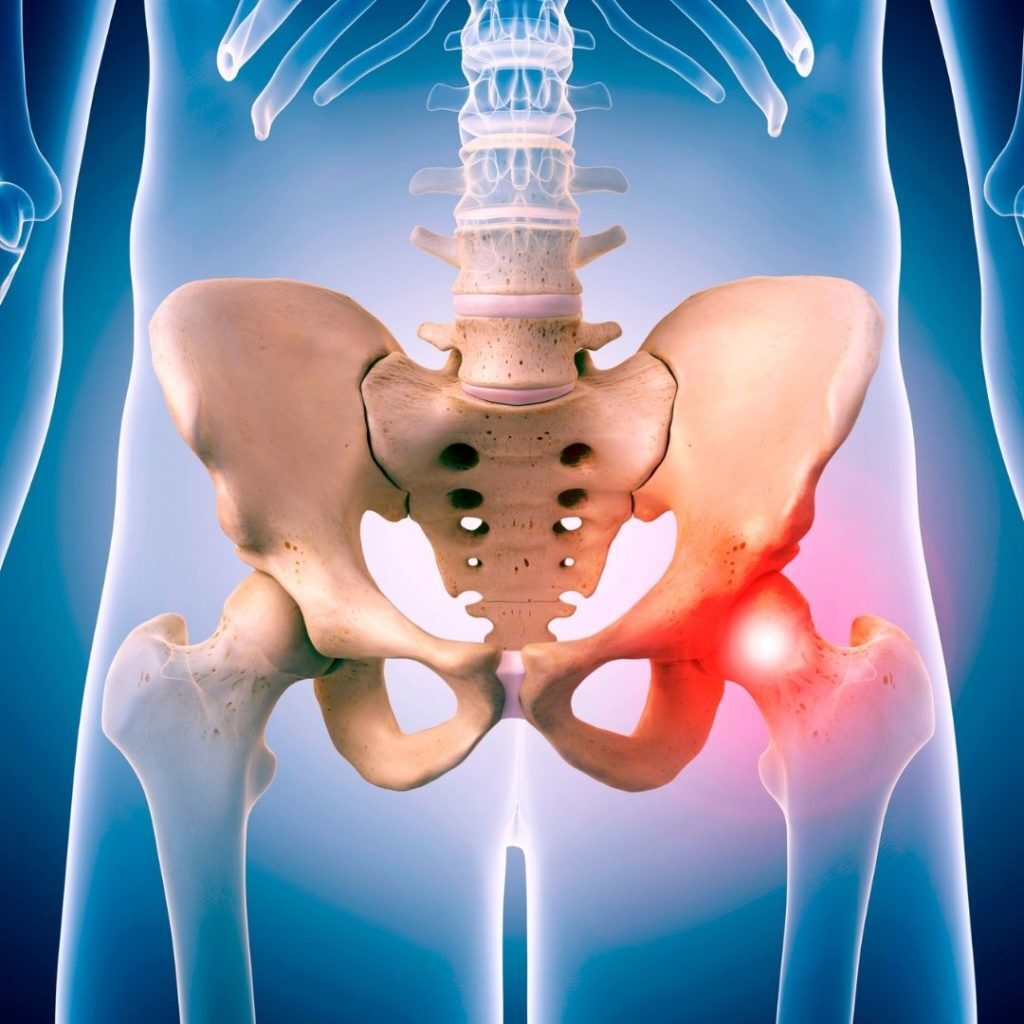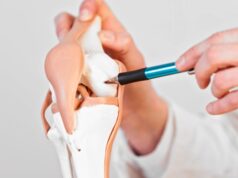Physical therapy is an effective tool for treating several orthopedic conditions, such as sprains and strains. Many patients turn to physical therapy after they’ve incurred an injury or if they’re recovering from surgery. Visiting a physical therapist can be beneficial both before and after a procedure. However, each individual has circumstances, so it’s important to know when it’s best to visit a physical therapist. There are many instances when a physical therapist can help; below are some of the more common ones:
Prevention
One of the most obvious benefits of physical therapy is that it’s an effective treatment for injuries and other ailments. When a patient has an injury or presents with a problem that may require physical therapy, it’s important to be proactive. The best time to receive treatment from a physical therapist is before the problem occurs.
Muscle aches and pains are a common problem, especially as people age. While it’s common to experience some soreness, if these aches and pains become overwhelming, they may signal an underlying problem. Consult your physician if you suffer from chronic muscle pain to ensure there isn’t an underlying condition causing the pain. Your doctor will likely prescribe physical therapy for muscle strengthening and flexibility.
Increase Athletic Performance

Sports performance begins with fitness. Physical activity, cardio, strength training, and flexibility contribute to the body’s overall health. High levels of strength and endurance can exponentially increase performance and decrease recovery time between workouts. Even if you’re not an athlete, regular physical activity greatly lowers a person’s risk of many diseases like heart disease.
Monitoring performance can help a person improve in specific areas, such as the weight that can be lifted. If a person has lingering injuries, physical therapy can help with rehabilitation. The first step to increasing athletic performance is to consult with a sports physical therapist. They will evaluate and create a program based on the patient’s needs. By working with a physical therapist, athletes can reach their goals more efficiently and succeed on the field.
Headaches, Jaw Pain, Concussion, and Dizziness
A physical therapist can reduce pain and improve alignment in the head. Patients who suffer from headaches and jaw pain may be able to prevent a headache by receiving physical therapy treatment. The physical therapist can sometimes provide permanent relief if symptoms continue.
An experienced physical therapist can help a patient recover lost motion in the neck. Degenerative conditions like forward head syndrome can be treated with physical therapy to prevent further movement of the head. The physical therapist can provide a full range of motion for the neck by improving its alignment with the spine.
Concussions are common injuries, especially when it comes to contact sports. A physical therapist can help patients regain movement and feeling through various exercises to improve function and reduce pain associated with concussions.
Pelvic Floor Dysfunction (PFD)

Pelvic area conditions such as pelvic organ prolapse (POP) and urinary incontinence are also treated by physical therapists. This is because they focus on the strength of pelvic floor muscles, which support the organs in the pelvis. However, PFD can often be a complex condition that requires more than just physical therapy treatment. Patients often get this treatment with other treatments such as surgery, medication, and lifestyle modifications.
Pregnancy and postpartum are times when physical therapists are in high demand. Women experience many material changes during this time that can strain the body more. Physical therapy for new mothers focuses on helping them recover from childbirth and strengthening their abdominal muscles and other parts of their bodies that were not used during pregnancy.
Difficulty controlling pain with medications
Pain management is an important aspect of physical therapy. Medications such as over-the-counter anti-inflammatory medications can help reduce pain, but they’re not always effective. Physical therapy is a holistic treatment that focuses on the entire body and includes the mind and emotions.
A physical therapist can use techniques such as electrotherapy to target the painful area and reduce it around it. Physical therapy also centers around improving flexibility, muscle strength, and coordination, which helps curb pain in more ways than one. If medications do not work or you have issues with them, you may want to see a physical therapist. A physical therapist can give you a more effective treatment plan that helps reduce the pain.
Changes in your body’s appearance or performance

The human body is the most complex machine on the planet, and physiological changes occur daily throughout the body. Some of these changes may be subtle and only noticeable long after they’ve occurred. If you notice sudden changes in your performance or appearance, it might be time to see a physical therapist.
A few additional medical conditions may change your performance or appearance, including those from pregnancy and menopause. Anyone experiencing these issues should ask their doctor about seeing a physical therapist. Unusual pain, discomfort, and other concerns should also prompt a visit to a physical therapist.
You have lingering conditions after an injury
The human body has the innate ability to recover from a traumatic event or surgery with the help of medication and rest. Sometimes, the body needs additional assistance in returning to full health. A physical therapist can help you regain mobility and strength following an injury or surgery. This is especially true for individuals dealing with persistent issues or who haven’t yet healed after an operation.
Recovery from an injury or surgery takes time, so patients need to be patient. If a patient suffers from persistent issues after an operation or injury, it might be time to seek out the help of a physical therapist.
Manage aging

Seniors are often at risk of falling or experiencing other movement issues. Many seniors have lived in the same place for decades, and the human body tends to break down with age. Chronic conditions, injuries, and various medical conditions can diminish a person’s quality of life.
Seniors who want to maintain functionality should seek plenty of physical activity and regular checkups with a physical therapist. Physical therapy helps seniors avoid falls that can lead to injuries. Managing your health is an ongoing process, and seniors can benefit from physical therapy throughout their lives.
Improve mobility, balance, and strength
Stability is the most important factor in maintaining balance throughout life. Unstable joints, muscular imbalances, and poor alignment can make you unsteady and difficult to walk or move. Physical therapy strengthens the muscles in the spine, joints, and other body parts to help improve stability.
Trained professionals can help patients improve mobility and balance. They can also offer a holistic approach to treatment. Physical therapists are experts in helping people recover from injuries and chronic conditions. Patients with a physical therapist can regain movement, stability, and independence as they age.
Arthritis

Osteoarthritis and other types of arthritis can make daily tasks difficult. Joint pain, stiffness, and other symptoms are common issues that result from arthritis. Physical therapy focuses on using movement to ease pain and reduce joint problems. It also helps people regain mobility when it is impaired by inflammation or other factors.
It is important to get regular exercise to ensure that arthritis doesn’t worsen. When exercising, it is best to keep your joints warm before beginning. It is also important to move the joints in the motion they need. This improves the movement of your joints and reduces stiffness or pain. Stretching and physical therapy can also reduce joint pain and help you regain mobility as you age.
Spinal disorders
Spinal disorders are surprisingly common and can make it difficult to perform basic daily tasks. Many spinal issues stem from injury or degenerative conditions in the spine. The spine is a complex part of the body that connects the head to the lower limbs. It is important to keep this area strong and healthy because it affects your ability to move throughout the rest of your body.
Physical therapy treats many spinal issues by strengthening muscles, increasing blood flow, and improving flexibility. Ensuring your spine is healthy helps you avoid chronic pain and other issues. Many exercises can help prevent spinal injuries as you age.
A physical therapist can provide a holistic approach to treating chronic conditions by performing alternative treatments. The therapist can help you remove pressure or pain from different body parts causing you issues. They can also use movements and exercises that help restore health and mobility in your spine, joints, and other body areas. Everyone’s experience with physical therapy varies, so patients need to be open about their concerns with their therapist. Patients who approach the process with an open mind will usually experience positive results from the treatment.


